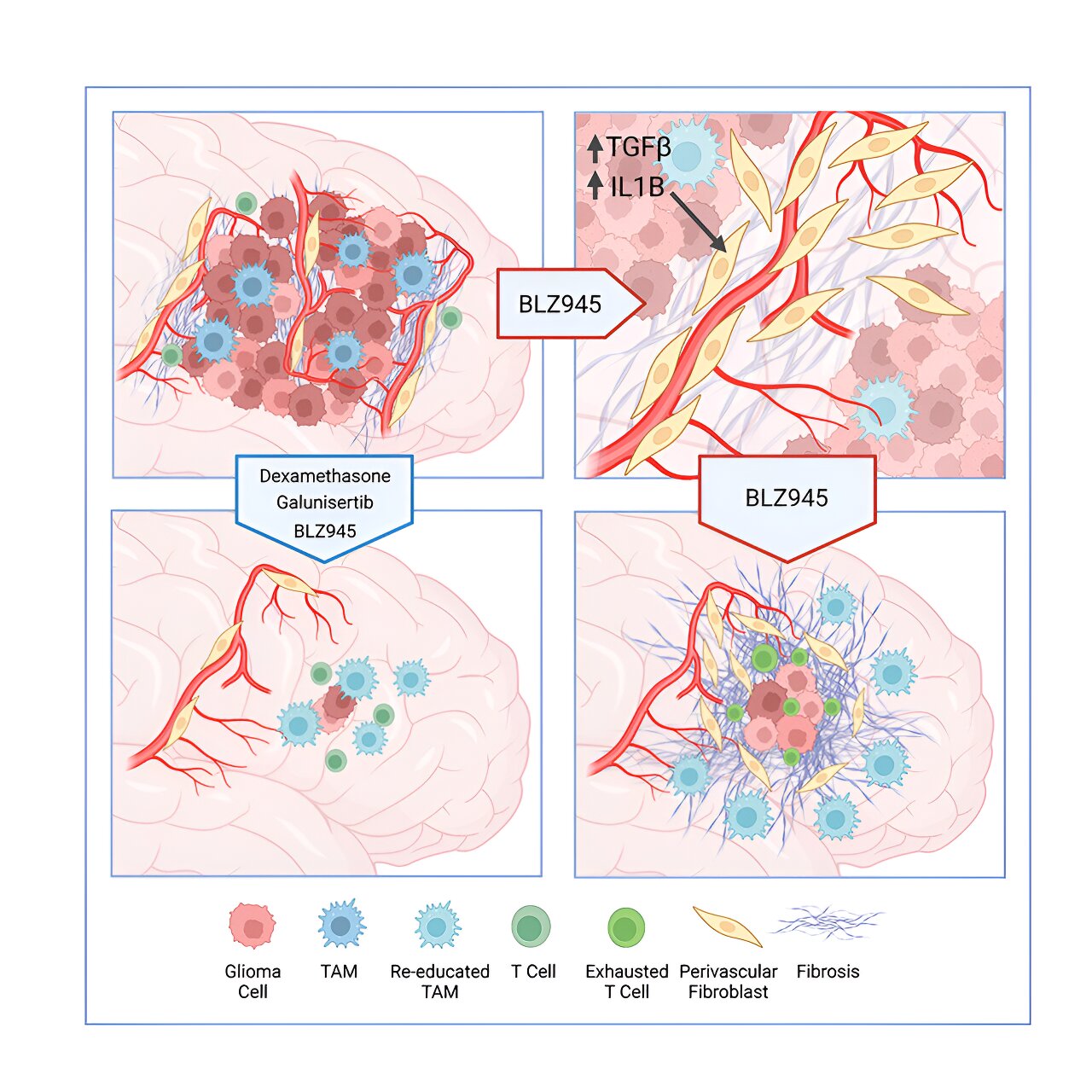
Gabapentin: An Unexpected Ally in the Battle Against Glioblastoma
An innovative new study has revealed an unexpected advantage from a medication long utilized for nerve discomfort and seizure conditions. According to research published in Nature Communications, gabapentin—frequently prescribed under brand names like Neurontin—might provide a novel defense against glioblastoma (GBM), one of the most lethal and treatment-resistant brain cancers.
The study, which evaluated data from more than 1,000 patients at leading academic medical facilities, indicated that individuals who were administered gabapentin following surgical tumor excision exhibited a notable survival benefit—surviving 4 to 6 months longer than those who did not receive the medication. That improvement is comparable to, and in some instances surpasses, that of tumor-treating fields, the latest FDA-approved therapy for glioblastoma.
But how does a medication meant for pain relief assist in combating cancer? The explanation lies in a fresh understanding of how glioblastoma manipulates the brain’s own signaling systems.
The Neuroscience of Brain Cancer
Breakthroughs in cancer neuroscience have revealed that glioblastoma tumors are not isolated masses developing in the brain. Rather, they actively integrate into neural networks, forming connections with healthy neurons similarly to natural brain cells.
Researchers at Mass General Brigham previously uncovered that glioblastomas exhibiting high “functional connectivity”—a metric of interaction between tumor cells and adjacent neurons—were linked to poorer patient outcomes. These tumors seem to hijack neural pathways, leveraging them to facilitate tumor growth and dissemination.
Significantly, these interconnected cancer cells release thrombospondin-1 (TSP-1), a protein that encourages the formation of synapses (the communication points between neurons). Elevated levels of TSP-1 correlate with rapid disease advancement and reduced cognitive ability in glioblastoma patients.
Enter gabapentin.
Gabapentin Addresses a Crucial Tumor-Nerve Relationship
Gabapentin operates by attaching itself to a subunit of calcium channels—referred to as α2δ—that is essential for synaptic formation and, as it turns out, also for the action of TSP-1. By occupying this receptor, gabapentin may prevent glioblastoma cells from establishing the detrimental neural connections they depend on for growth.
In the research, the scientists assessed outcomes in two patient groups:
– In a cohort of 693 patients, those who were treated with gabapentin following tumor resection had a median survival of 16 months, compared to 12 months for those who did not receive it.
– In a distinct validation cohort of 379 patients, median survival rose from 14.7 months to 20.8 months for individuals treated with gabapentin.
These effects remained significant even when controlling for other factors such as age, tumor location, and supplementary treatments. Additionally, patients on gabapentin exhibited lower TSP-1 levels in their blood, indicating that the drug was effectively obstructing the cancer’s neural infiltration tactics.
A Novel Weapon in a Difficult Fight
Each year, around 12,000 individuals in the U.S. are diagnosed with glioblastoma. Despite aggressive interventions—including surgery, chemotherapy, and radiation—the average survival remains tragically low, between 12 and 15 months. The disease is infamous for its tendency to recur and resist treatment.
This makes the findings surrounding gabapentin particularly promising. The dosages employed in the study—495 to 600 milligrams daily—are well within the safe, standard range for treating chronic nerve pain or seizures. This facilitates the swift repurposing of the drug in oncology with minimal regulatory barriers, given that its safety profile is already well established.
Researchers also suggest that TSP-1 might act as a biomarker to identify which patients are most likely to gain from gabapentin. Tracking TSP-1 levels could provide a means to customize therapies and monitor their efficacy over time.
Looking Forward: Towards Clinical Trials
While these results are extremely promising, it is important to note that the current study was retrospective. Patients were not randomly selected to receive gabapentin, so further confirmation is necessary.
To address this, clinical trials are currently being developed to evaluate gabapentin—and potentially other medications targeting similar pathways—in newly diagnosed GBM patients. If successful, these trials could initiate a new treatment pathway that does not directly eliminate tumor cells but instead undermines their ability to manipulate the brain’s circuitry against itself.
One of the most difficult challenges in treating glioblastoma is balancing the removal of as much of the tumor as possible with the preservation of critical functional areas within the brain. This new approach—disrupting tumor-neuron communication—may enable healthcare providers to intervene without damaging healthy brain tissue.
A Promising Advancement
For individuals confronting a glioblastoma diagnosis, this research offers newfound and unforeseen hope. Leveraging the potential of an existing medication to target how tumors interact with the brain—not solely their growth—marks a significant shift in the